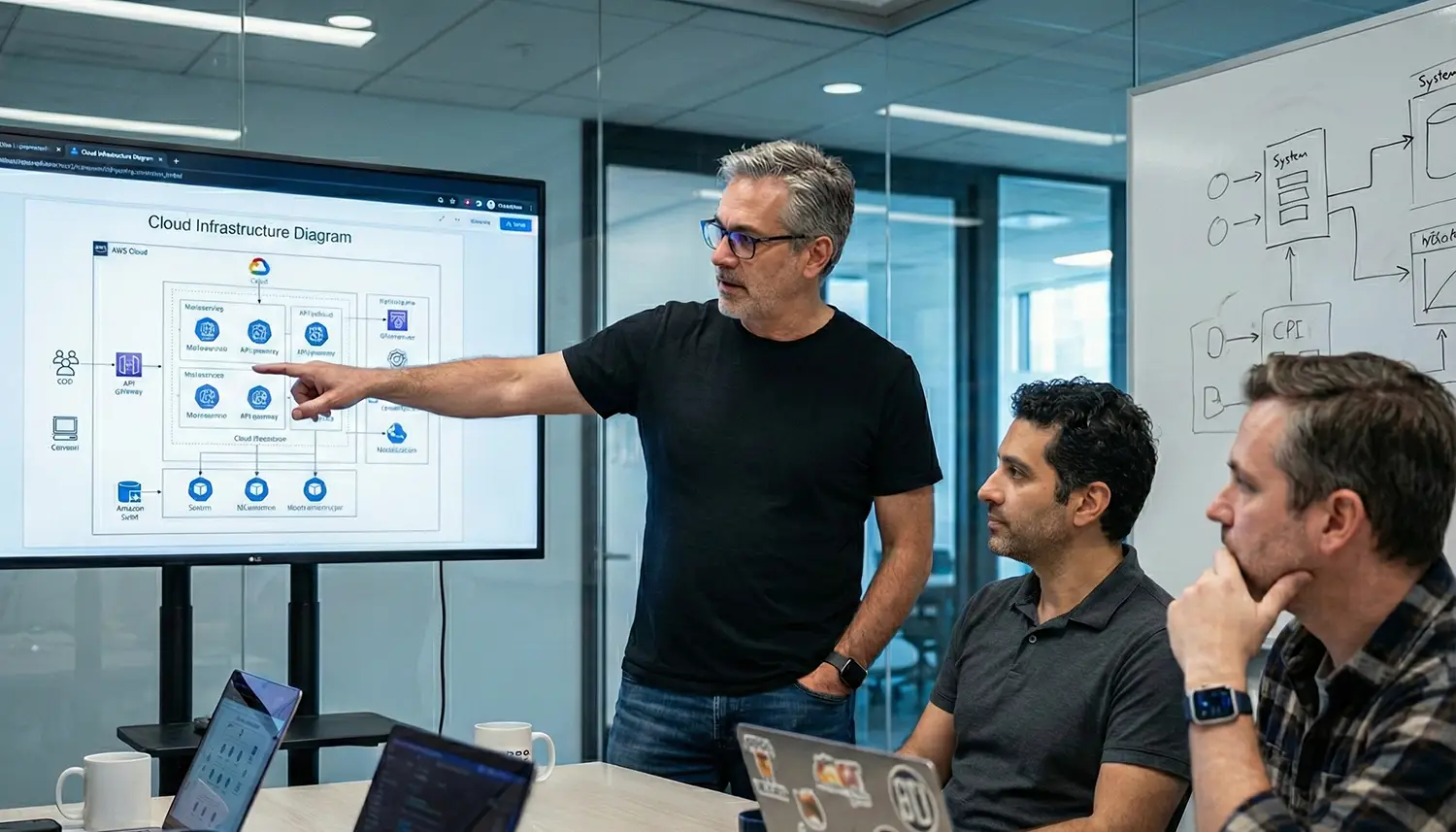In this article:
- Questions to consider when determining if data science is right for your business
- The role of data scientist and the skills needed in this role
- Hiring vs. upskilling to fit your unique needs
- Tools to help you get started with data science and strategic technology partners
As a concept, Big Data has been around for years. With the exponential growth of user generated content and innovative applications, not to mention the ever-expanding role of artificial intelligence, professionals in the technology sector have had to blend multiple disciplines to get a handle on various forms and quantities of data that can be structured, unstructured and often exist in multiple formats. But getting a handle on it is critical. The adage that “information is power” has never been truer. There is immense potential locked in big data, and extracting its value is akin to striking oil for a modern business – it can mean the difference between “business as usual” and meteoric growth. Insights gathered from data are the key to enhanced customer engagements and resulting increased revenues. This has created a gold rush on data analytics, and led to the emergence of a powerful new player in the technology world: the Data Scientist.
The Data Scientist is one of most high profile positions in today’s tech world. In this post, we explore the role of the Data Scientist, outline the skills that are often involved with this role and the value it brings, and explain how you can use data science to elevate your business, even without fully investing in the discipline.
Is Data Science right for my business?
Despite data science’s high-profile popularity, this is fair question. Data science is not right for everyone, and there are things to consider before making an investment. It’s important to note that data science is not new, nor is it a passing trend. It’s been around in one form or another for a very long time (think statisticians and mathematicians, for instance).
However, the advent of big data, advancements in artificial intelligence and programming languages, combined with the number of interconnected datasets and online systems, the possibilities of data science have increased exponentially, offering a whole new world of opportunities. By applying data science and using strategic technology partners in your business, you may even discover that your existing datasets can help you surface commercial opportunities that pass untapped through your organization.
If you are considering an investment in data science, the following are questions that can help you determine whether it’s worthwhile:
- How much data currently lives in your business, software products or back-end databases?
- Do you currently have established KPIs or run analytics / BI reporting?
- Do you have a clear idea of what you want to accomplish with data science, and an understanding of why data science is necessary to achieve these goals?
- If a data scientist were to slot in with your existing business, how would you measure the ROI on this role?
These are a few guidelines that can be used as points of consideration. If you decide that you do need to hire a full time professional to help with your needs, you can find an explanation of different roles and salary expectations in various places. Alternatively, you may decide that you don’t, in fact, need a full time Data Scientist and that an existing employee or a strategic technology partne can cross -train into the position to fill your needs. This practice is known as upskilling.
The case for upskilling
With Data Scientists being in such high demand, and often commanding higher than average industry salaries, you may decide that you don’t have the need for a full-time data scientist, but still have goals that require data science to be achieved. If that is the case, it can make sense to help existing employees upskill with the relevant tools and practices that are often involved. Also, as the formal role of Data Scientist is still fairly new to the industry, traditional universities have had to play catch up in terms of offering courses and training that can be applied to the real world. This has created the perfect opportunity for strategic technology partners and online training providers such as Udemy, Pluralsight and Coursera to fill in the gap, and make the curriculum accessible to a wider audience. Some courses to help you get started with the introductory material to the mathematics and programming languages that are often involved with data science can be found here.
What skills do you actually need?
Because of the multidisciplinary nature of the data scientist, there are many skills that an individual must possess. The role of the data scientist is such a mixed bag, because it combines mathematics, computer science, consulting, and business acumen into one field. It often involves being able to extract, process, refine and visualize data, all before finally surfacing valuable insights for the business to utilize and act on.
A data scientist needs to be comfortable with programming in multiple languages. To extract data, the data scientist may have to write software that interacts with a database, web service or file system and use a programming language such as C#. In other scenarios, he or she might use a language like R, Python or SQL to write code that needs to crunch and query data at scale.
Data analysis and interpretation is another key skill. Being able to analyze datasets, and identify patterns and similarities across data structures is important when trying extract actionable insights.
What tooling can you explore and how can you get started?
As often is the case, no two business problems have the same solution. Different problems can mean different approaches and potentially alternative tooling and products. This brings us to the types of software tools and products that the data scientist can use to make their life easier.
Popular data science tools include, but are not limited to Hadoop, RStudio, Spark and Tableau. A good place to start and experiment with data science is RStudio. RStudio is a free, open source development environment for the statistics and data modelling programming language R. It runs on Windows, Mac and Linux. With over 10,000 add-on packages and over 135,000 members on LinkedIn’s R Group, this tool has a massive network to help support aspiring data scientists and help introduce people to the discipline in a less intimidating way.
The R programming environment lets you script and store multiple data analysis steps that you can execute, modify and re-run as often as you want. RStudio development environment also makes it easy to generate, plot and create visualizations with just a few lines of code. The functionality RStudio offers can make your job much easier, lowering the barrier to entry into this often daunting profession. Couple this with an ever-increasing quantity of online training resources from other providers, you can quickly begin to work towards building the required knowledge and experience that forms the data scientist skill set.
Summary
In this blog post, we’ve explored the discipline of data science, considered why you might want to experiment with it in your business, what tooling is available for beginners, and some of the required skills that a data scientist needs. We’ve also seen how it’s possible for engineers or strategic technology partners to cross-train into the discipline by investing into some common skills such as analysis and programming.
As strategic technology partners, GAP offers our clients an exceptional experience in analytics (including Data Engineering and Data Science), and extensive expertise in other verticals, including cloud, mobile and QA / QA automation services. We can provide your organization with resources in the following areas:
- Software development for cloud and mobile applications
- Data analytics and data science
- Information systems
- Machine learning and artificial intelligence
- Predictive modeling
- QA Automation
If you have any further questions regarding our strategic technology partners, please reach out to us.
About Darryl Worsham

Darryl Worsham is GAP’s Chief Marketing and Revenue Officer. He is a seasoned software technology executive with more than 25+ years of experience in both publicly and privately held companies offering enterprise analytics (SaaS/Cloud), mobility and consumer-based products. Darryl’s experience has given him a unique combination of industry knowledge in analytics, security, mobility, and product life-cycle management. He is a strategic leader in Sales, Business Development, Marketing, Product Management and client management. You can connect with Darryl on LinkedIn, or send him an email.



